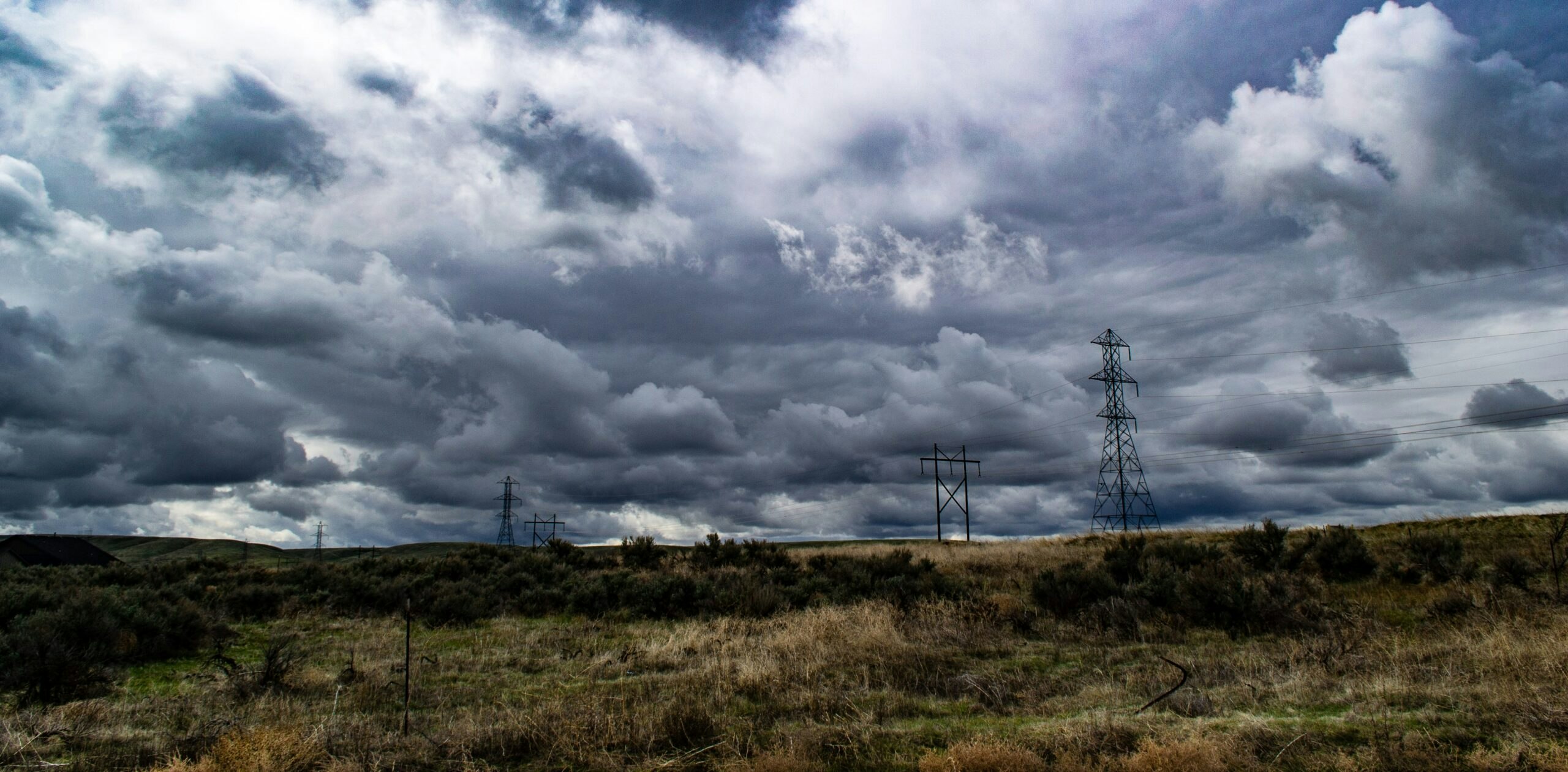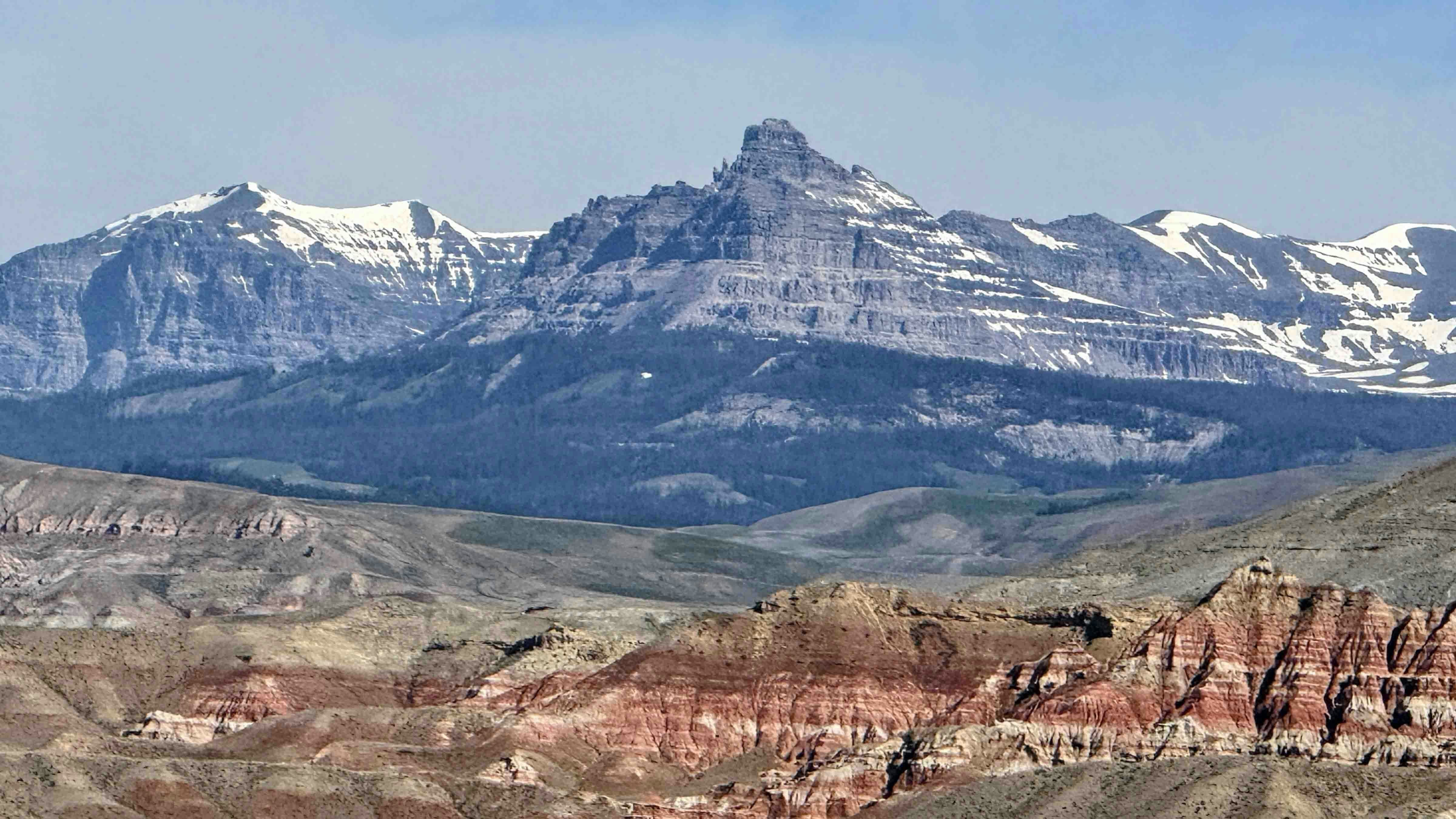Anyone who’s waited five minutes in a supermarket checkout lane can attest to the rows of weird publications waiting on the sales racks. From half-horse, half-human babies to the latest Hollywood gossip, the periodicals scream, “Read me.”
In the same vein, hiding among the intimacy tips and health crazes, are the farmers’ almanacs. Pocket-sized, printed in black and white and typically with a hole punched in the corner, presumably to facilitate dangling the book from a peg board between the rusty sickle and chipped screwdrivers, these magazines are packed with astronomy charts, gardening advice, and most notably, long-range weather forecasts.
The most well known of these are probably the Farmers’ Almanac and Old Farmers Almanac, but there are others. The random facts are fun, and it’s a valuable tool for those wondering the position of the stars on a set date, but is the weather accurate?
Dayweather, Inc., Meteorologist Don Day Jr. said at times, the almanacs are more accurate than computer-generated predictions.
“I think, some years, they outperform some of the long-range computer models,” Day said. “But the tricky thing is they say they have a secret formula, so not knowing what they use to predict things makes it hard to create a fair comparison.”
Down the divide
The Old Farmer’s Almanac 2020 calls for a colder winter than average in eastern Wyoming, while the west side of the state could experience a milder winter.On the other hand, the National Weather Service Climate Forecast System (CFS) is calling for above-average temperatures across the country and into Alaska.
“When Alaska is colder than normal, the lower 48 are warmer than normal, which always trips people up,” Day explained. “So, this (CFS) model contradicts itself.”
Meteorologists take three approaches to long-range forecasting: Using historical data to create an analog forecast, relying on the CFS modeling to generate predictions or mixing the two sources together.
“What I think the (Old) Farmers Almanac does is all analog,” Day said. “Personally, I use a mix of both. I’ve been burned in previous years by relying solely on analog or computer modeling, so I don’t trust one more than the other.”
Another problem with the current CFS forecast is the Continental Divide, which splits Wyoming in two. Whereas the almanacs provide weather predictions based on regions — Wyoming is located in both the High Plains region and Intermountain region — a CFS model produced earlier this week colors the entire nation in hues of red, yellow and orange, indicating warmer than average temperatures regardless of geography.
“It’s really hard to paint a broad brush for Wyoming,” Day said. “The Continental Divide does tend to guide where the air goes.”
Low-to-the-ground arctic blasts don’t always cross over the mountains, which he explained creates different winter conditions for people living on either side of the divide.
While the Old Farmers Almanac predictions for this year are in line with Day’s, he said almanac forecasts tend to derail when they try to pinpoint the time and location of a weather event.
“One of the challenges is how precise (the almanacs) try to get,” Day said. “You’ll read something about a blizzard near Kansas City, Kansas, between Jan. 27 and Feb. 17, but in my opinion, it’s a wild-ass guess.”
Down by the sea
Using sea-surface temperatures, Day said meteorologists are learning more about how to compare prior years with similar oceanic data and weather patterns to current conditions.
“A lot of weather forecasting is pattern recognition,” he explained. “Being able to recognize past patterns and what caused them has made better forecasting for the future.”
The almanacs also track ocean activity in a section most likely overlooked by many Wyomingites, the tide table.
But, Day said the publications keep their prediction practices under wraps, so it’s not possible to speculate whether their sources are using a similar process.
Accurate or not, the almanacs inspire thoughtful weather conversations.
“The … almanac is fun — it gets people talking,” Day said. “And it heightens their sense of thinking forward.”
As long-range weather forecasting improves, it could become a valuable tool for private businesses across the world.
“I think we’re getting to the point where people in business can really use this data,” Day said. “A snowblower company could stock more snowblowers in regions expecting colder winters. There’s a lot of money to be made or lost as long-range forecasting gets more accurate.”
Meteorology is a ways off from providing consistent, spot-on, 180-day forecasts, but between analog forecasts, computer modeling and sources like farmers’ almanacs, Day said he looks forward to seeing what future holds.





